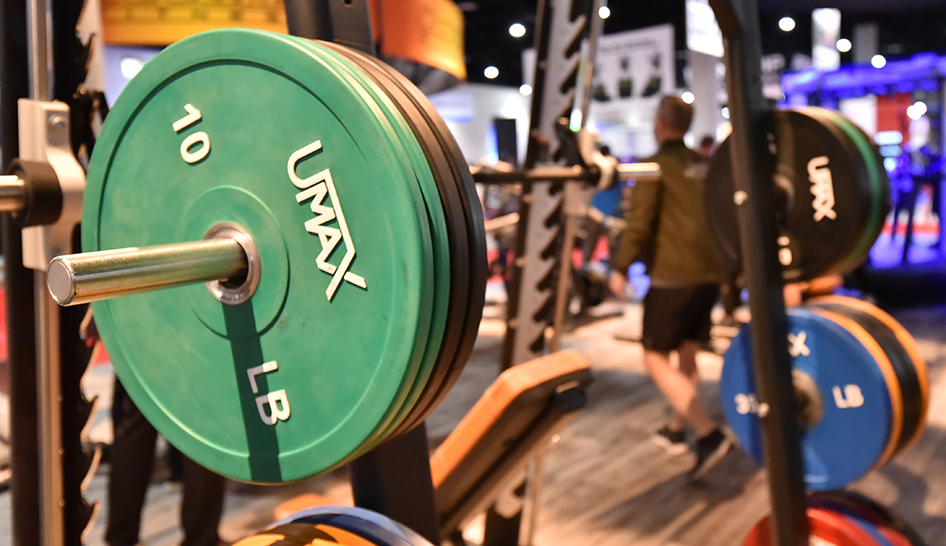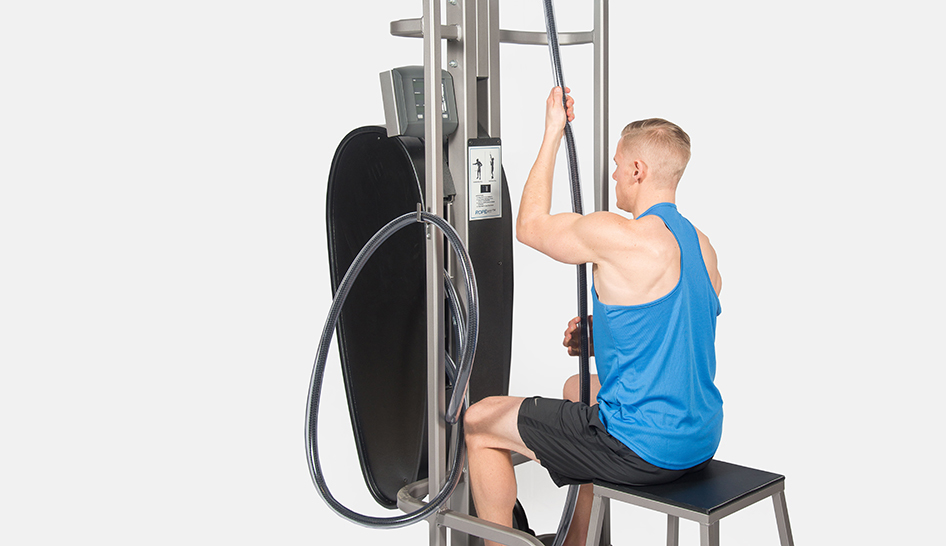As FT continues to have a bigger footprint in traditional clubs, it makes sense to enlist more members into FT programs. FT “zones” can accommodate more members per square feet than a cardio floor, which is limited to one member per cardio unit. According to The IHRSA Health Club Equipment Report, group exercise and functional-training areas were allotted 12.1% and 8.2% of space, respectively. It’s a better use of your floor space than cardio and other traditional training modalities.
It’s also good for the bottom line. Group X and SGT classes that utilize FT-based systems like HIIT are a growing non-dues revenue generator for clubs.
Unfortunately, many members see the unfamiliar equipment and exercises (e.g., burpees) in an FT environment and assume it’s not for them. FT coaches and enthusiasts can sometimes unintentionally intimidate members not well-versed in the discipline.
The 2018 IHRSA Health Club Consumer Report describes the situation well. “Most fitness professionals are passionate about the benefits that fitness provides. They’re the ones who are all-in with HIIT, cycling, or functional training. … Unfortunately, 80%, possibly 90%, of Americans don’t experience fitness the same way. In order to create experiences that appeal to this vast audience of skeptics, it’s important to empathize with members’ views—which may alter the way people are introduced to the benefits of fitness.”
Seniors, kids, and other member groups may not seem like good fits for FT, but diversifying FT and HIIT workouts has been proven to be a success in some markets. An article in Club Business International looked at the trend and found industry experts discovering a place for HIIT with unexpected audiences.
“Because it delivers results, [HIIT] will continue to boast a large and devoted following. … However, because it’s been popular for a long time, a number of variations of HIIT will emerge,” says the American Council on Exercise (ACE).

